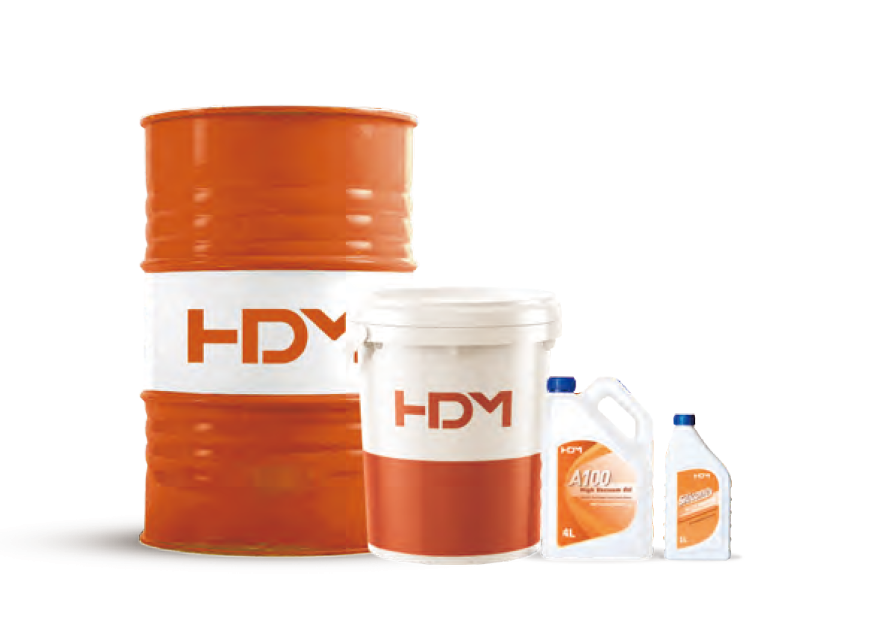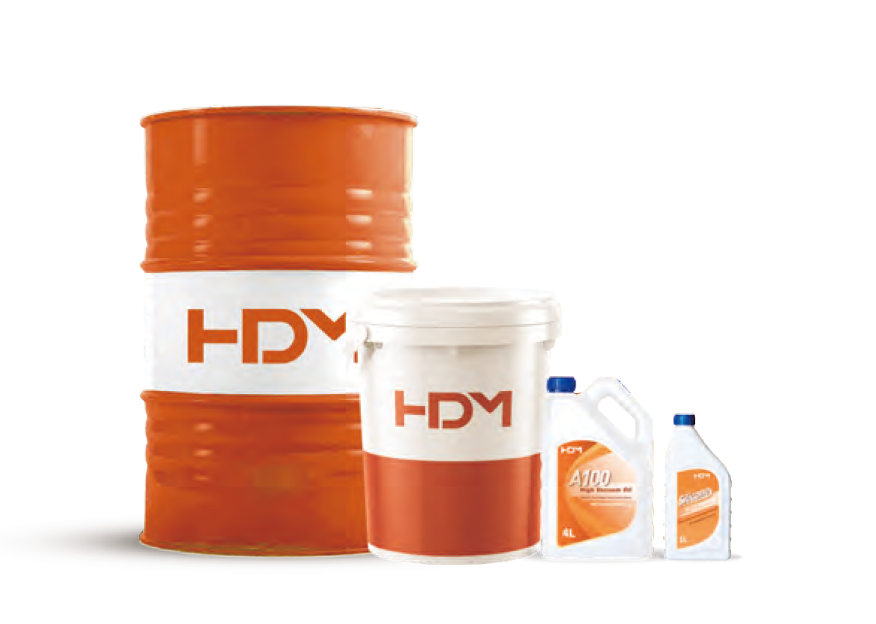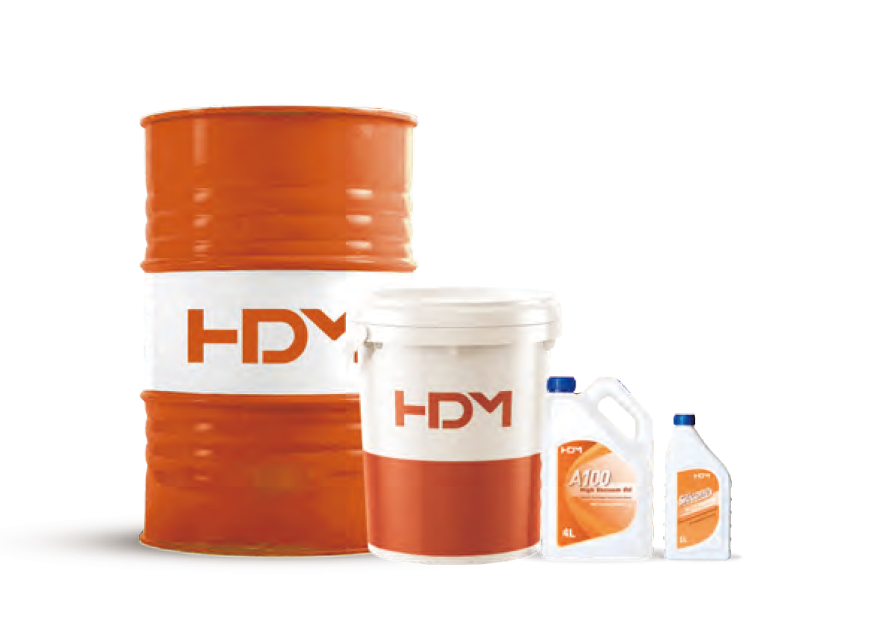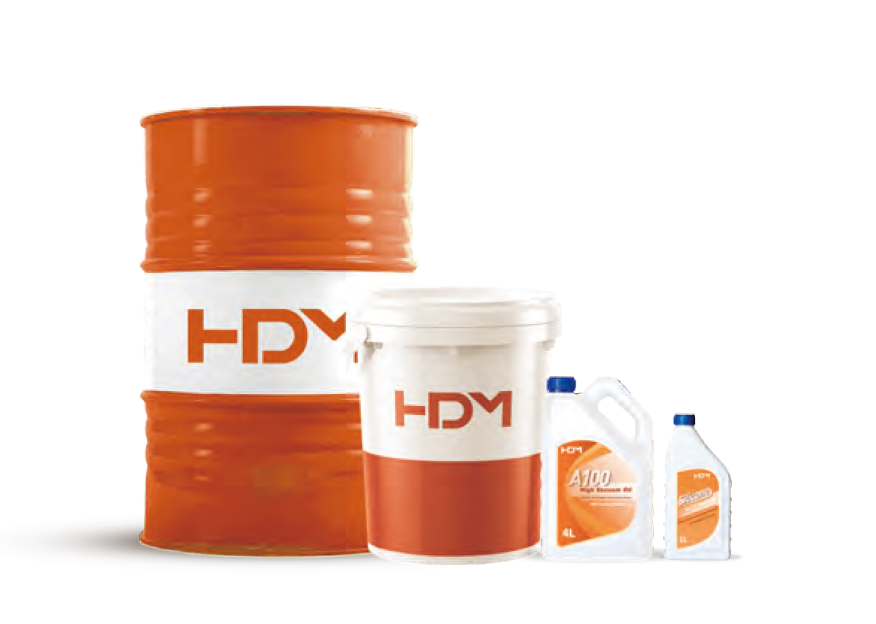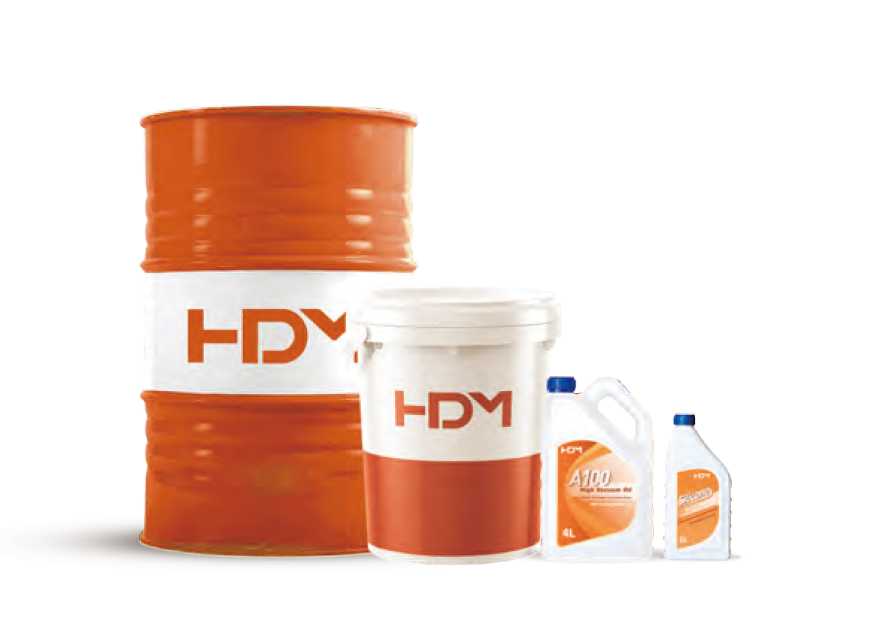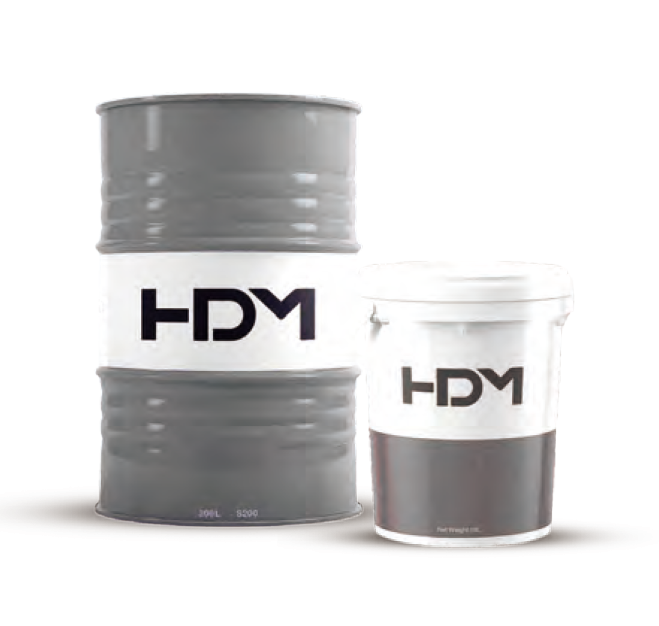Oil manufacturers are challenged to balance the delicate balance between oil efficiency and reduced engine wear. HDM supplies the PCMO and HDDO markets with low HTHS engine oils that maintain engine protection while reducing fuel consumption.
Stringent government vehicle regulations around the world are pushing the boundaries of fuel efficiency and CO2 reduction. This is forcing engine manufacturers to come up with more efficient engine designs and new technologies. At the same time, lubricant manufacturers have a responsibility to develop enhanced engine lubricants to reduce fuel consumption.
One way to improve fuel efficiency is to use engine oils with lower HTHS (High Temperature High Shear) viscosity.
What is HTHS Viscosity?
The HTHS viscosity of an engine oil is a key factor that directly affects the fuel efficiency and durability of a running engine. Lubricants are designed to lubricate and protect vital engine components such as bearings, camshafts, piston rings and bushings, especially under high shear conditions and high operating temperatures.
The HTHS measures the viscosity (resistance to flow) of engine lubricating oils at high temperature (150°C) and constant shear, simulating the narrow tolerances and high speeds between moving parts in a thermal engine. The lower the measured torque, the lower the HTHS viscosity of the oil, improving fuel efficiency.
Choose the right HTHS viscosity for your vehicle
When choosing an engine oil for your vehicle, you should consider the following:
- Lubricants with low HTHS viscosity improve fuel efficiency.
- Lubricants with high HTHS viscosity provide better protection for engine components.
- Engine Type: Low HTHS oils in engines designed for high HTHS oils may cause damage.
The balance between fuel efficiency and engine protection presents engine lubricant manufacturers with two important challenges:
- How low can we reduce the HTHS viscosity before the fuel saving benefits start to wear off?
- How can we use low HTHS viscosity oils to reduce engine wear?



